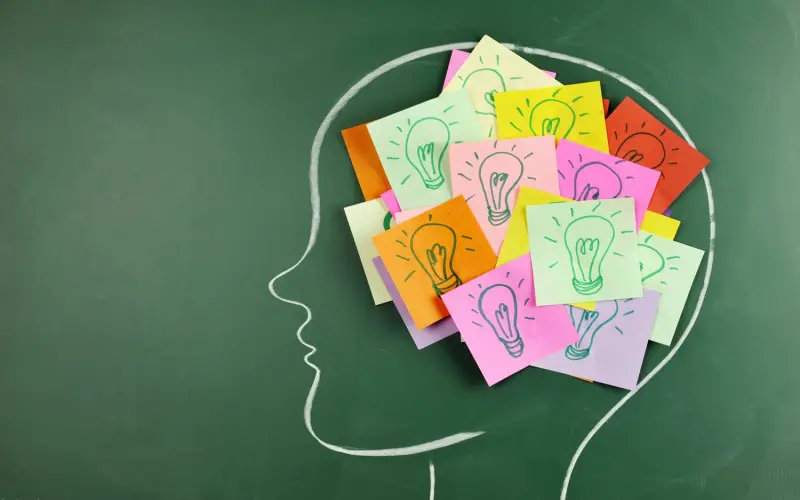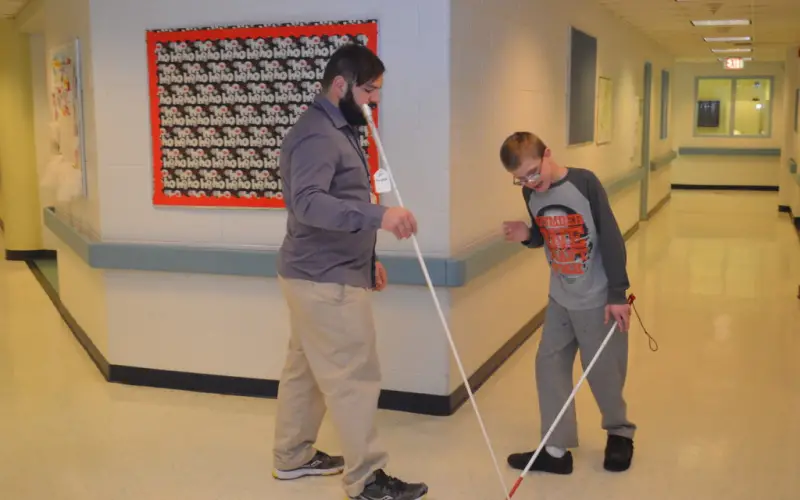Neuralink-inspired brain-computer interfaces promise to deeply transform how humans engage with information and enhance our core cognitive capabilities. As research rapidly advances, we move progressively closer to effectively merging the raw processing power of computing with the adaptability of human cognition. Technologies modeled after Neuralink’s flexible electrodes and miniaturized electronics could profoundly expand and elevate our mental faculties. I outline 10 key cognitive enhancements that may be achieved in the coming years as neural implants develop further. These powerful upgrades range from substantially boosting memory retention to markedly accelerating learning to directing swift knowledge transfers between minds. The staggering potential applications underscore how deeply such neural technologies could amplify human intelligence across myriad dimensions.
1. Improved Memory
Surgically implanted neural devices are poised to significantly bolster our memory capacity across both long-term recollection and working memory utilized in cognitive tasks. Networks of responsive electrodes could markedly strengthen connections between memory centers, amplifying recall accuracy for both recent and distant memories. Database architects also project employing regulated electrostimulation to actively solidify memory encoding and reinforce storage across wider brain regions associated with creating diverse memory types. As research matures in the coming decade, neural implants may enable consolidating a lifetime of rich experiences and learned skills with almost perfect fidelity indefinitely.

2. Increased Processing Speed
Inherent biological constraints on signal transmission between neural circuits impose limits on how rapidly we can intake and manipulate information. Neural stimulators finely tuned to timing signatures of focused cognition could drastically accelerate thought processes. Rhythmic pulse stimuli delivered to cortical circuits could drive markedly accelerated mental operations, allowing faster comprehension, calculation, logical reasoning, and complex visualization. With processing bottlenecks cleared by optimized neural modulation, intellectually taxing tasks would demand less mental effort. Users may toggle situação between modes optimized for accuracy or speed depending on situational needs.

3. Enhanced Learning Capabilities
Implanted neural technology presents entirely new routes to rapidly absorb and retain new skills. Highly adaptive neural stimulators could target specific neural substrates intrinsically linked to multiple facets of knowledge acquisition, facilitating more efficient encoding of learned material with minimized repetition. Bolstered structural and functional connections between key regions would also foster synthesized understandings by contextualizing new learnings from broader perspectives. Such neural tuning may eventually grant students implant-amplified learning – allowing them to completely master new subjects and talents with optimized neural encoding protocols that maximize retention.

4. Improved Focus
Voluntary attention comprises a key pillar of cognition, yet wavering concentration routinely undermines mental performance on demanding tasks that require unbroken focus across longer time spans. Neural implants may remedy these states of distractedness that chronically divert attention from critical projects. Electrode networks could monitor biomarkers of waning attention in real time and then administer customized stimulation to dopamine-releasing brainstem nuclei associated with motivated, disciplined engagement. This closed-loop system would thereby sustain attention in a targeted manner based on moment-to-moment needs – driving productivity increases and superior decision-making.

5. Enhanced Problem-solving Skills
Innovative insights often emerge from making previously unforeseen connections between disparate ideas held in neural subsystems. Neural implants could assist the type of fluid, integrative thinking hypothesized as central to complex problem-solving in ill-defined contexts. Using intelligent, adaptive stimulus patterns driven by monitoring ongoing activation states, implanted electrode arrays might subtly manipulate oscillations across idea-linking brain areas such as the anterior temporal lobe. The resulting shifts can spur new associative inferences, crystallizations of insight, and contextualized solutions. Over time, such neural integration could strengthen abilities to synthesize solutions by bringing more diverse perspectives to bear on dilemmas.

6. A Direct Interface With Digital Devices
Perhaps the most radical cognitive transformation neural implants may confer is enabling a genuinely seamless user experience across biological and external digital domains. Bidirectional electrode grids would establish high-bandwidth interfaces between brains and external computers, networks, and cloud databases. This system may support functions like rapid searches sifting through vast internet archives by essentially extending innate cognitive processes. Cloud services like astronomical databases or AI tutors may become integrated as auxiliary features. Users might fluidly toggle between inward and outward info flows.

7. Restoration Of Impaired Senses And Mobility
Neural prosthetics also hold promise for therapeutic applications, from repairing sensory-motor deficits to deep brain stimulation for neurological conditions. Electrodes delivering optimized stimulation patterns to sensory cortices could provide new avenues for environmental information to enter the nervous system – transmitting signals as surrogate senses. Existing therapy using cochlear and retinal implants demonstrates proof of concept. Future iterations may progressively restore touch, movement control, and other lost functions. Bidirectional motor control links could also allow some degree of voluntary movement direction.

8. Revolutionized Communication
Where neural implants enable multidirectional brain-computer integration, direct transfers of concepts between minds may become possible. Electrode grids with AI mediation might decode representations held in one person’s memory activation patterns, digitize relevant motifs then stimulate another individual’s neurons to accurately evoke those insights without the need for letters or words. Such brain-to-brain communication could allow instantaneous knowledge sharing across language barriers. Shared working memory spaces supported by linked neural implants might allow small groups to converge on shared contextual understandings or technical skills.

9. Enhanced Creativity
Neural technologies may also optimize circuits essential for creative ideation and drive. Select electrode stimulation could induce brain states striking an ideal balance between too-rigid and too-chaotic activation patterns across idea-linking prefrontal regions. Resulting increases in creative output across individuals or groups linked by brain-computer interfaces could yield innovations. Freely associating through design spaces may become rapid and intuitive. Users might toggle modes to flesh out ideas or concentrate intensely on a chosen solution.

10. Efficient Knowledge Transfer
Once instantaneous knowledge transfer between minds becomes viable, acquiring new skills could simply involve uploads from an expert practitioner’s brain. Educating a cohort of students could thus occur far more rapidly rather than through slow, verbal instruction across months and years. Martial artists might directly implant combat techniques. Surgeons could instantly absorb the talents of masters. Such technology could allow quick replication of talents requiring significant learning periods to attain mastery.



















